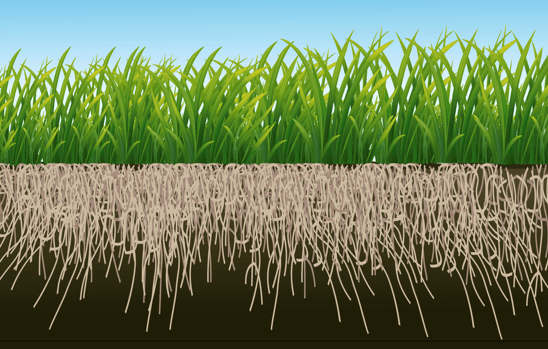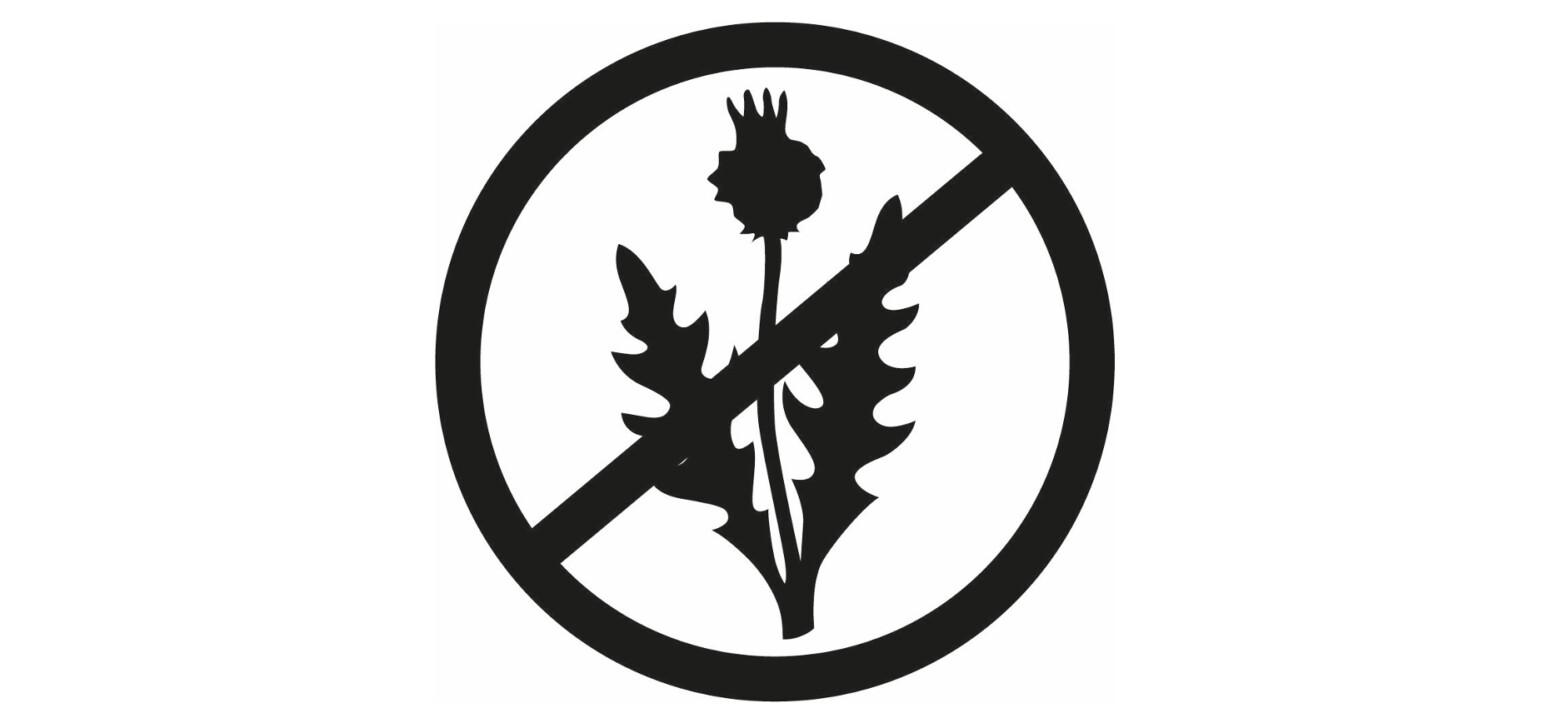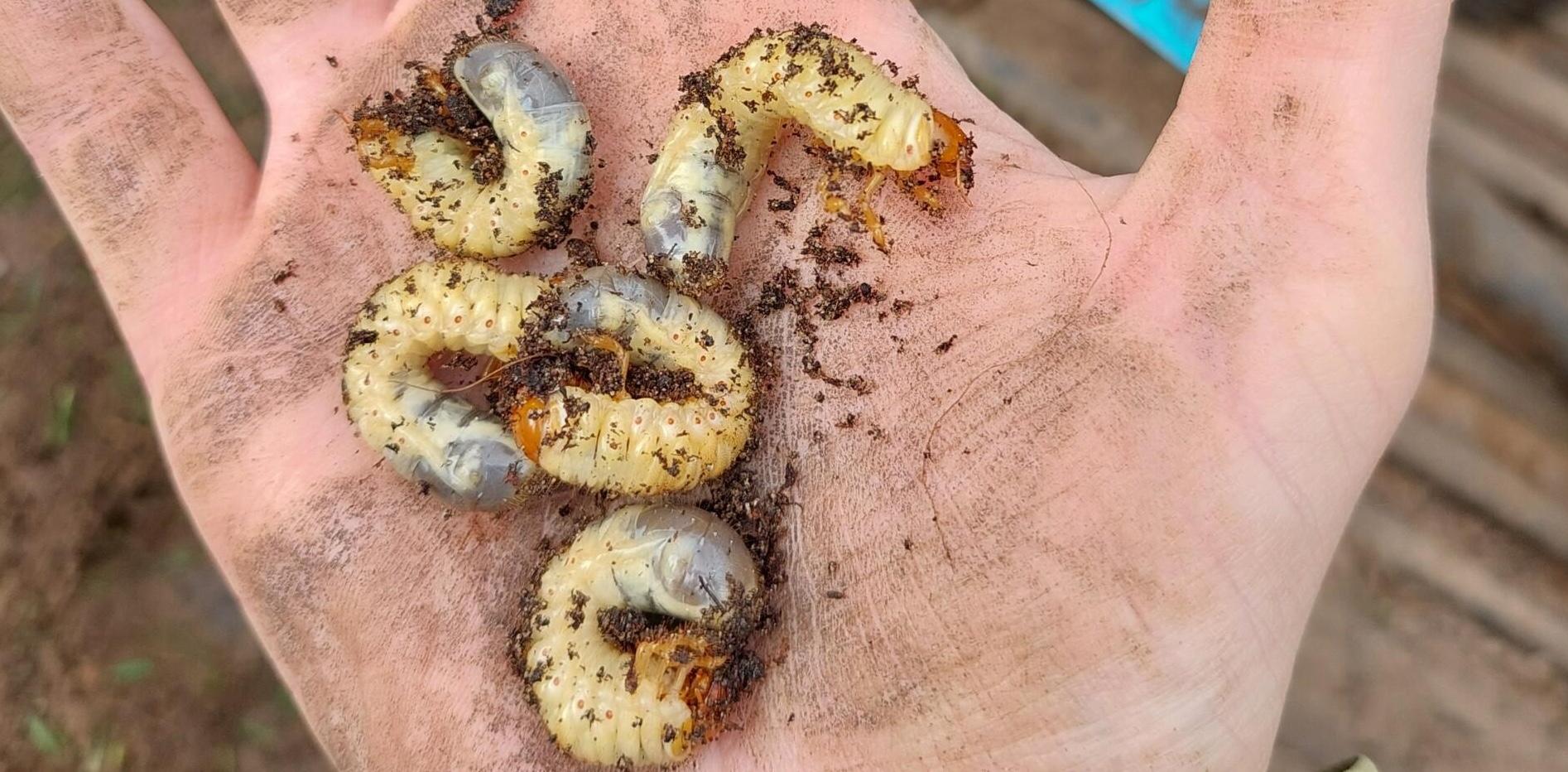What is a weed?
Could be a plant out of place, a plant growing where its not wanted or simply the wrong shade of green for the course you are looking to present.
What’s the problem with weeds?
Weeds in managed sports turf can be a problem for several reasons:
- Reduced wear tolerance. Weeds don’t perform as well as turf under higher wear conditions. So if your just looking at the turf and never walking on it, perhaps they are not an issue. But once heavy bodies, trollies and machines start moving over them the weeds will not be happy, and the playing surface may deteriorate rapidly.
- Playability. All playing surfaces want a ball to move over them smoothly and truly. If a ball hits an upstanding flowering weed stalk its going to affect the ball. Equally if a low lying weed parts the turf and forms a dip (I’m thinking Dandelion here) that can also affect play.
- Player expectation. As you can see from the results of the survey below whether weeds affect play on not, golfers feel they are an important issue on fairways.

Draw a line in the sand
As we’ve said a weed is only bad if its in the wrong place. So it’s a good exercise for you and the team to define what’s acceptable and what’s not:
- No weeds in greens
- No weeds other than in rough/out of play areas
- No weeds on the course!
I’m not suggesting many clubs will be at option 1; with golfers happily skipping through a wild flower meadow fairway.
Define what you/the club/the membership can and can’t accept on the weed front, its going to be different for every situation.
But I would highlight that weeds (and by that I mean native broad leaf plants (excluding invasive’s for simplicity’s sake)) are not always bad.
Operation pollinator is a Syngenta project to encourage different management practices of appropriate areas of land to encourage wild flowers to offer food sources to bees and other pollinators. Follow the link to read about the amazing work which has already been done.
The best in class are celebrated each year at the Golf Environment awards, with the Operation pollinator award (entries are open now FYI….) its a great program to be involved with.
Even if you don’t go for the award, setting aside even a small area of deep rough or out of play; to scarify and seed wild flowers, or simply leave off the herbicide program and cut less frequently can be really beneficial to insect life. There is loads of info in the Operation pollinator pages if you are interested.
Leaving that to one side, once you’ve decided where you can and cannot accept weeds you need to make a plan.
There are really two angles to go at when it comes to stopping weeds invading turf: 1) Seed control 2) Opportunity suppression.
Seed control
The notion is simple, stop the seed = stop the weed. The reality is anything but simple!
The ‘seed bank’ is the collection of seeds waiting dormant in the soil (they can wait for years) for the right opportunity to flourish. The most important thing missing for most seeds is light to the soil surface.
Don’t do it! But if you took a patch of turf, strimmed it right down to soil level and put a barrier over it to stop any further seeds landing (lets say a glass fish tank), you’d be amazed at how many weeds sprung up. You could do the same thing year on year and there would be new weeds until they had all emerged.
Lets say you managed to achieve that for the whole course (probably not possible but lets just say). The next issue in your pristine sward would be new seeds coming in which would be almost as hard to stop.

So many ways for weed seeds to invade a new area it makes your head hurt:
- Wind blown (some species can travel miles on air currents)
- Bird poo
- On animals, attached to fur or fed on/carried
- Carried by insects
- Foot traffic, in the mud attached to boots from other sites/gardens
- ……
Opportunity suppression

Whilst after reading that it can sound hopeless, the good news is that the seed bank offers us a hint at part of the solution. As we’ve said a given seen needs an opportunity, a gap in the sward, exposure to light in order to take its chance. So an important part of our weed control plan should always be opportunity suppression.
A healthy dense sward sees lower levels of weed invasion, not because there is less weed seed landing in that area, but because they are outcompeted by the grass.
It always comes back to turf health, adequate fertility, available moisture, alleviation of compaction, strong recovery from winter will all help to put the turf in the driving seat.
Think of the areas where you struggle with weeds the most, high traffic areas which may have led to turf loss, scorched areas of fairways in summer heat, shaded areas where you struggle to keep good turf cover etc. Anything we can do to improve turf health will help the sward outcompete weed ingress.
Herbicides can still be essential even when we get everything right, I’ll make a part two to discuss how we can get the best out of these, including timing and water rates to make the most effective control possible, for those areas where its not an option to have weeds!




